Today marks the beginning of a new and exciting chapter in my career journey as a textile engineering student. Our internship started by dividing all interns into three groups. I’ve been placed in Group 1, along with four other batchmates, and our learning flow begins from the Washing Section – specifically, the Dry Process.
🔽 Internship Flowchart
(This will be updated regularly based on our journey)
👉 Washing
➡️ Bonded Warehouse (Fabric Inspection + Bonded WH)
➡️ Cutting
➡️ Sewing (Costing + Garments Method)
➡️ Finishing & Packing
➡️ Merchandising
🧠 What We Learned Today: Dry Process in Washing
The Dry Process is essential in denim finishing. Today, we were introduced to three important dry processes used widely in the denim industry to create unique looks, aged appearances, and fashionable finishes:
1️⃣ Whisker (or Moustache Effect)
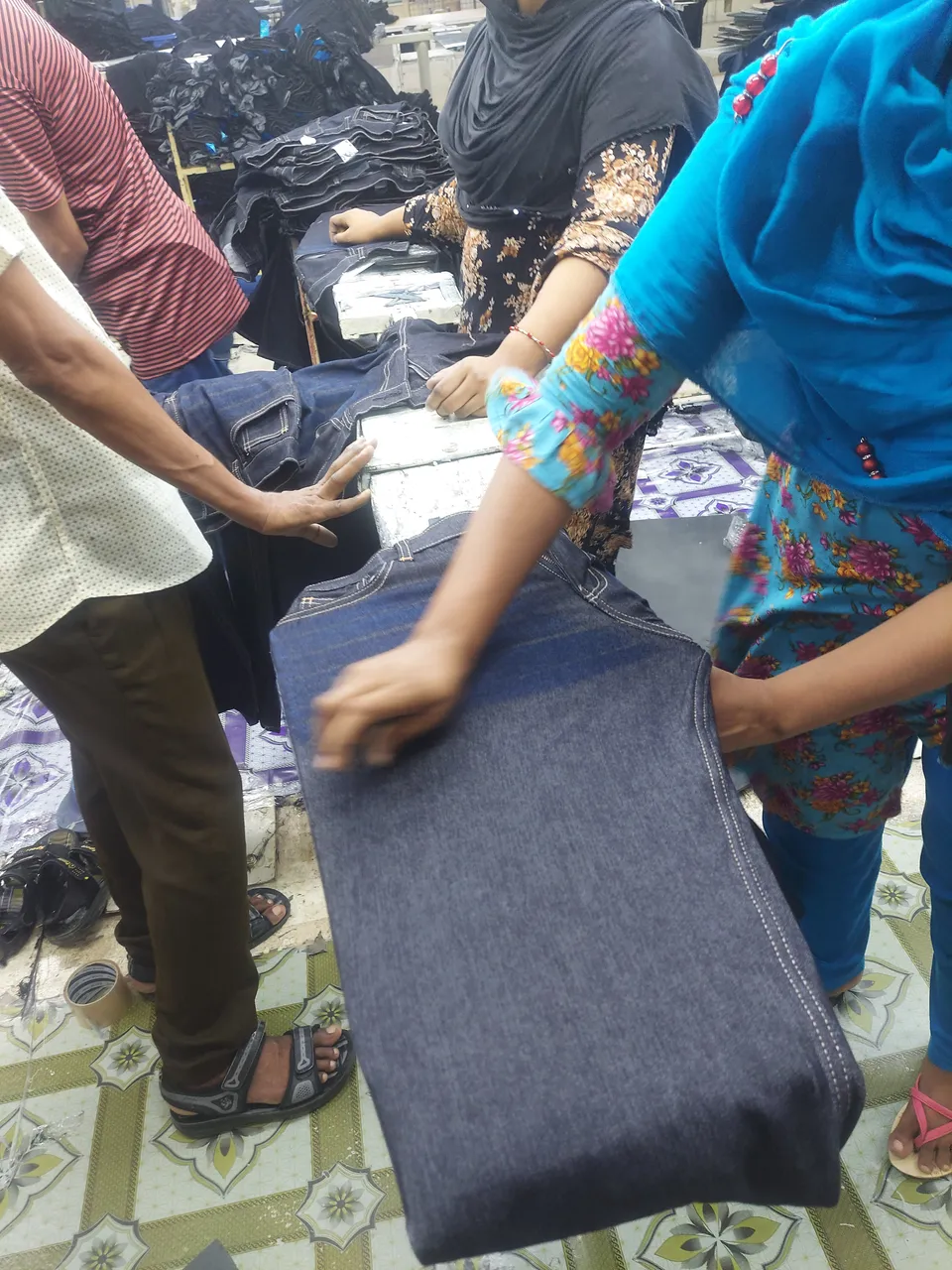
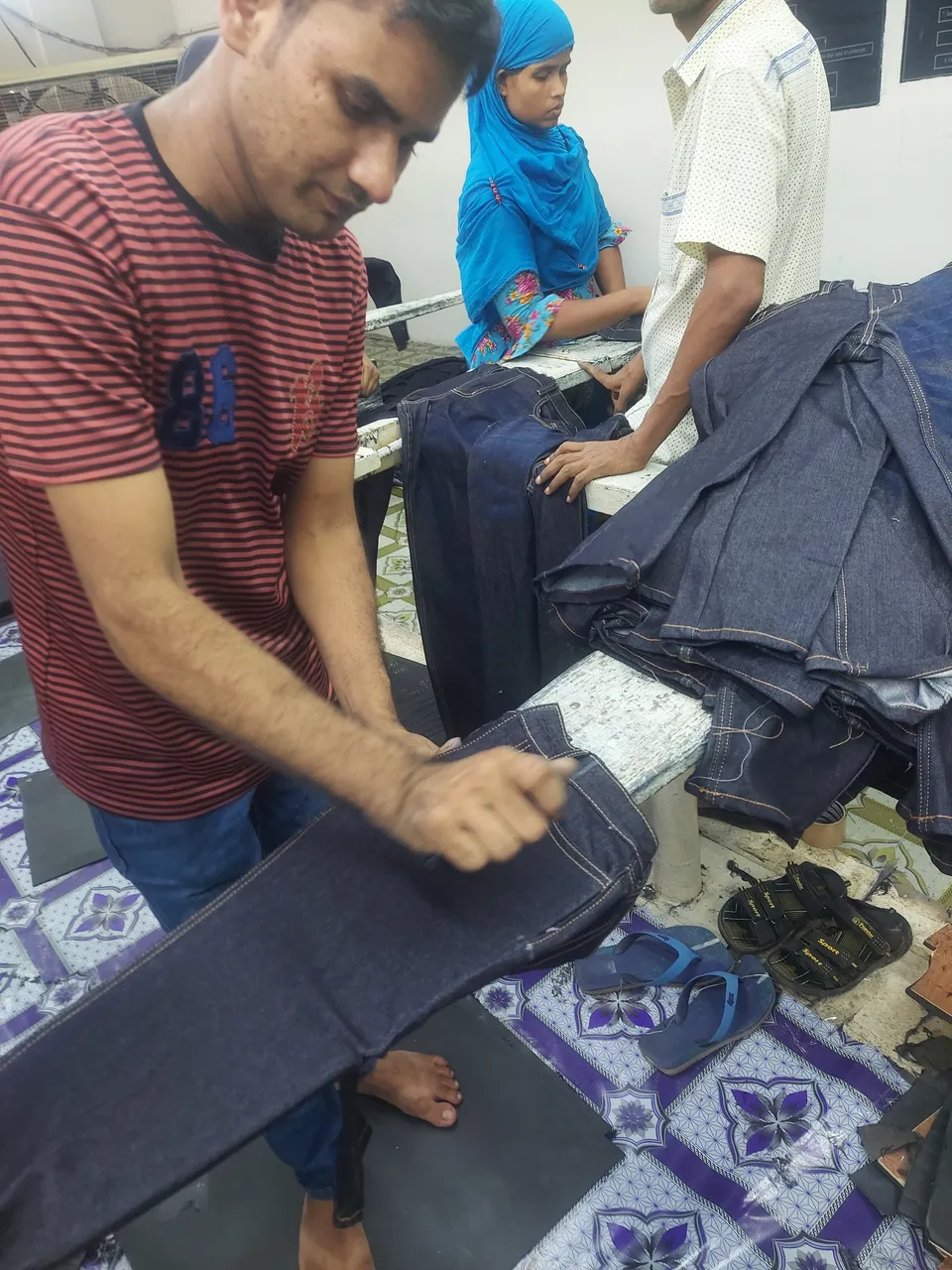
📌 What is it?
Whisker refers to the faded lines that appear around the crotch and thigh area of jeans. These lines mimic the natural creases formed from wear and movement over time.
📌 Purpose:
Gives a vintage, worn-out look.
Adds depth and style to denim.
📌 Process:
A cardboard or rubber mold shaped like whiskers is placed under the fabric.
Sandpaper or a machine is used over the mold to create fade lines.
It’s a skilled manual task requiring precision and consistency.
2️⃣ Hand Sanding
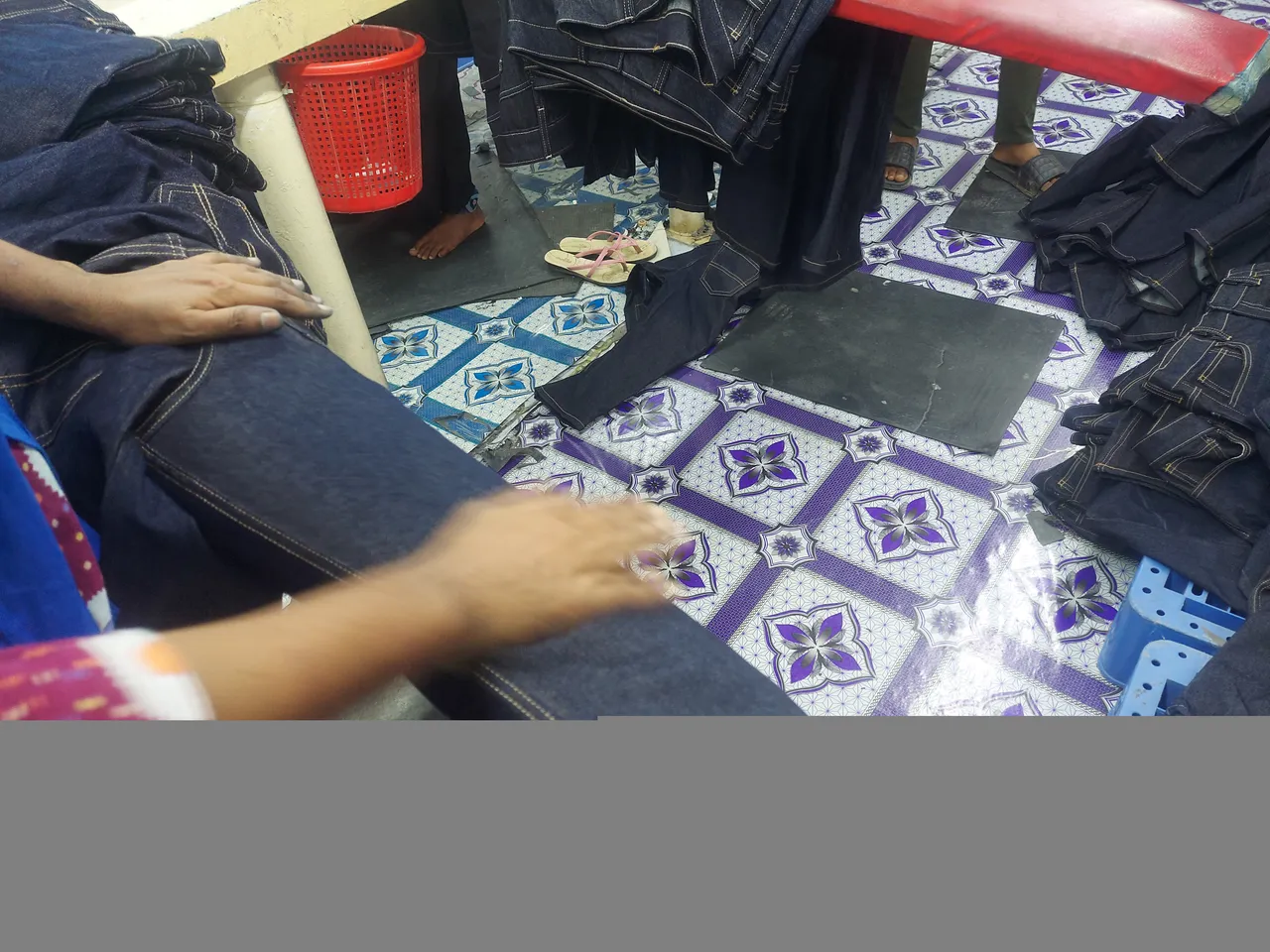
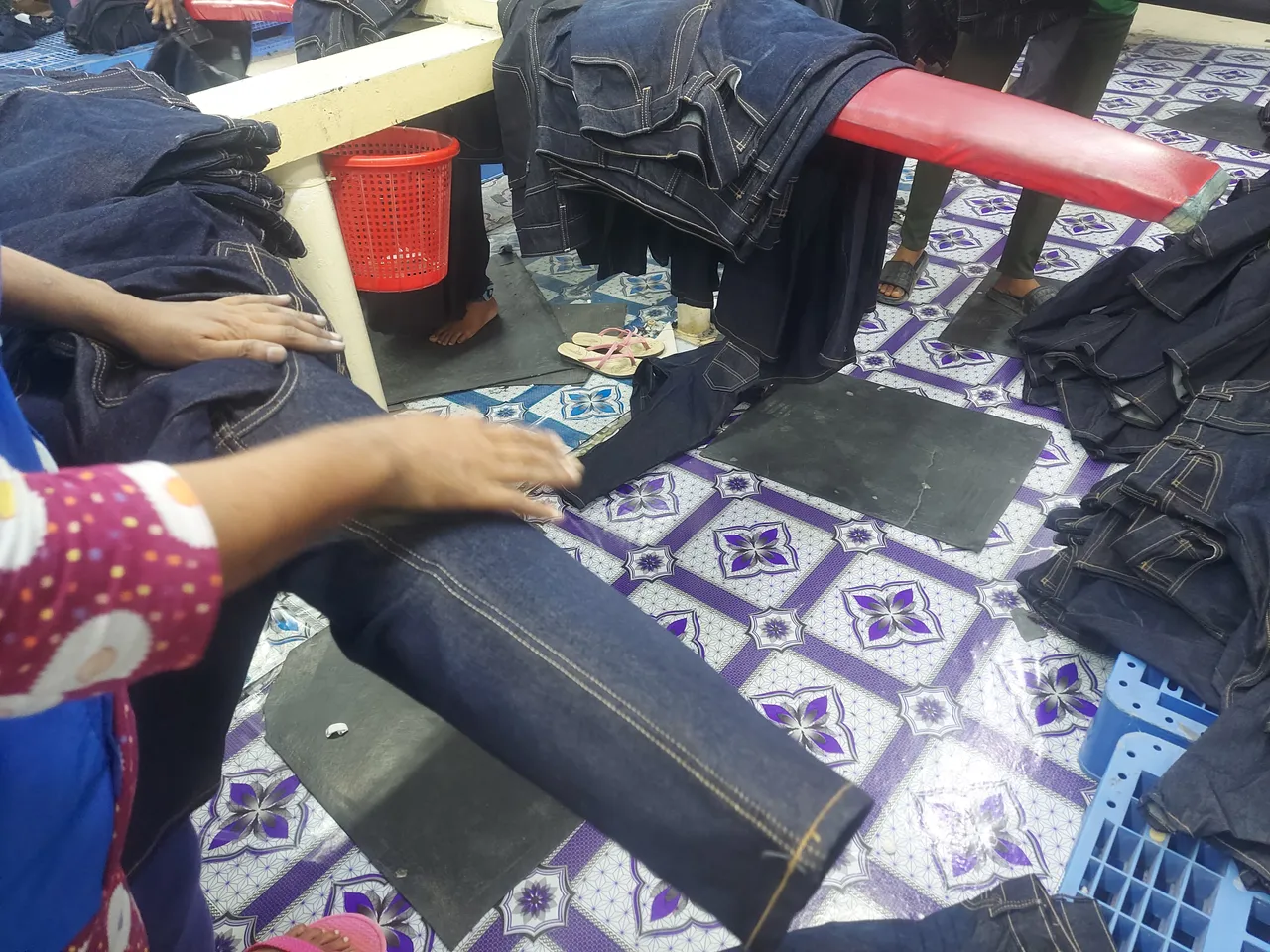
📌 What is it?
Hand sanding is the manual rubbing of denim using sandpaper or abrasive pads to create a faded or worn effect in specific areas like thighs, knees, and back pockets.
📌 Why it’s done:
To add contrast and visual appeal
To highlight high-friction areas in denim
📌 Process:
Operators wear gloves and use fine or coarse sandpaper.
They gently rub over desired spots, keeping the natural body movement in mind.
This technique requires experience to avoid damage or unevenness.
3️⃣ Tagging (Tacking)
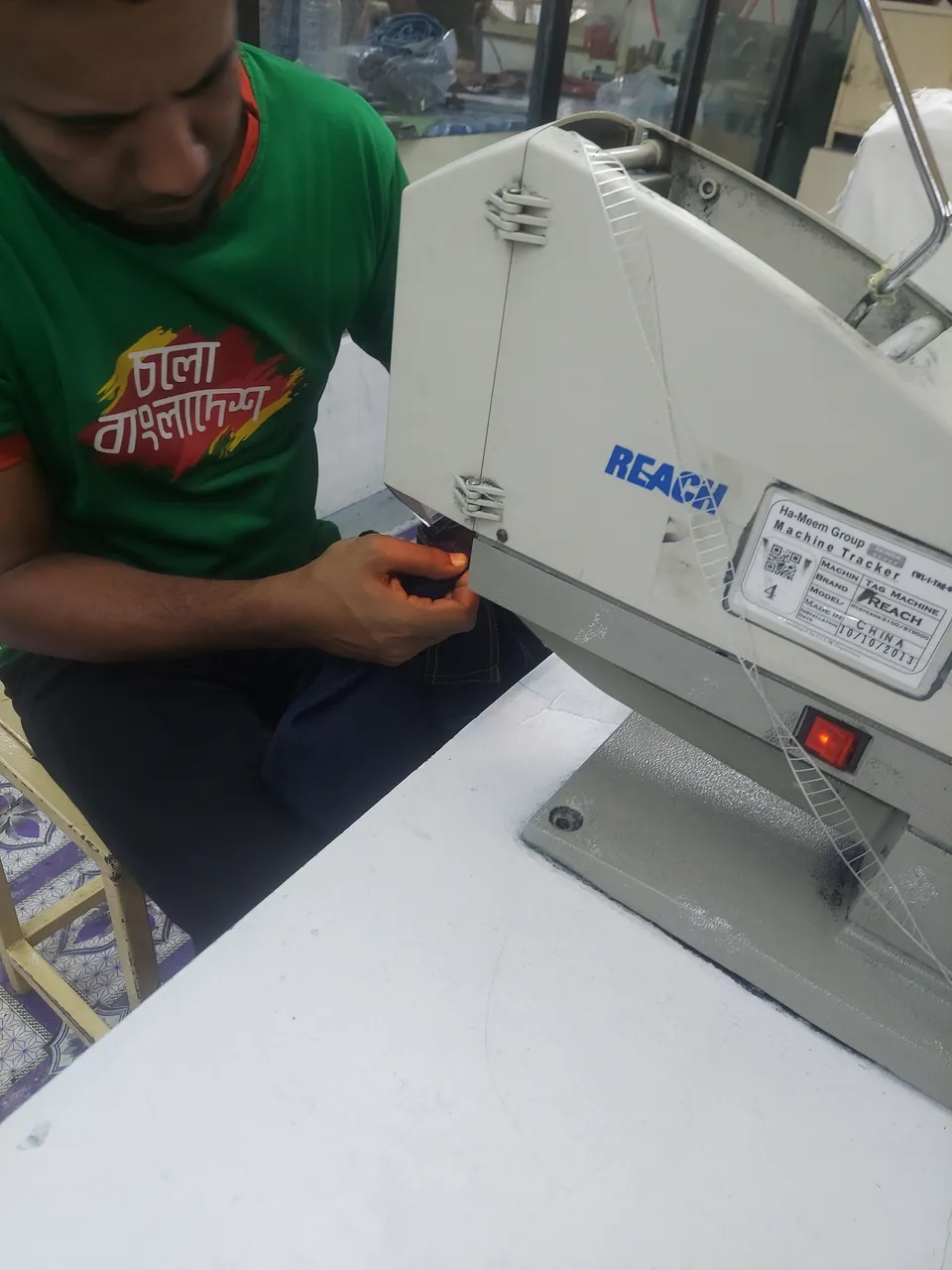
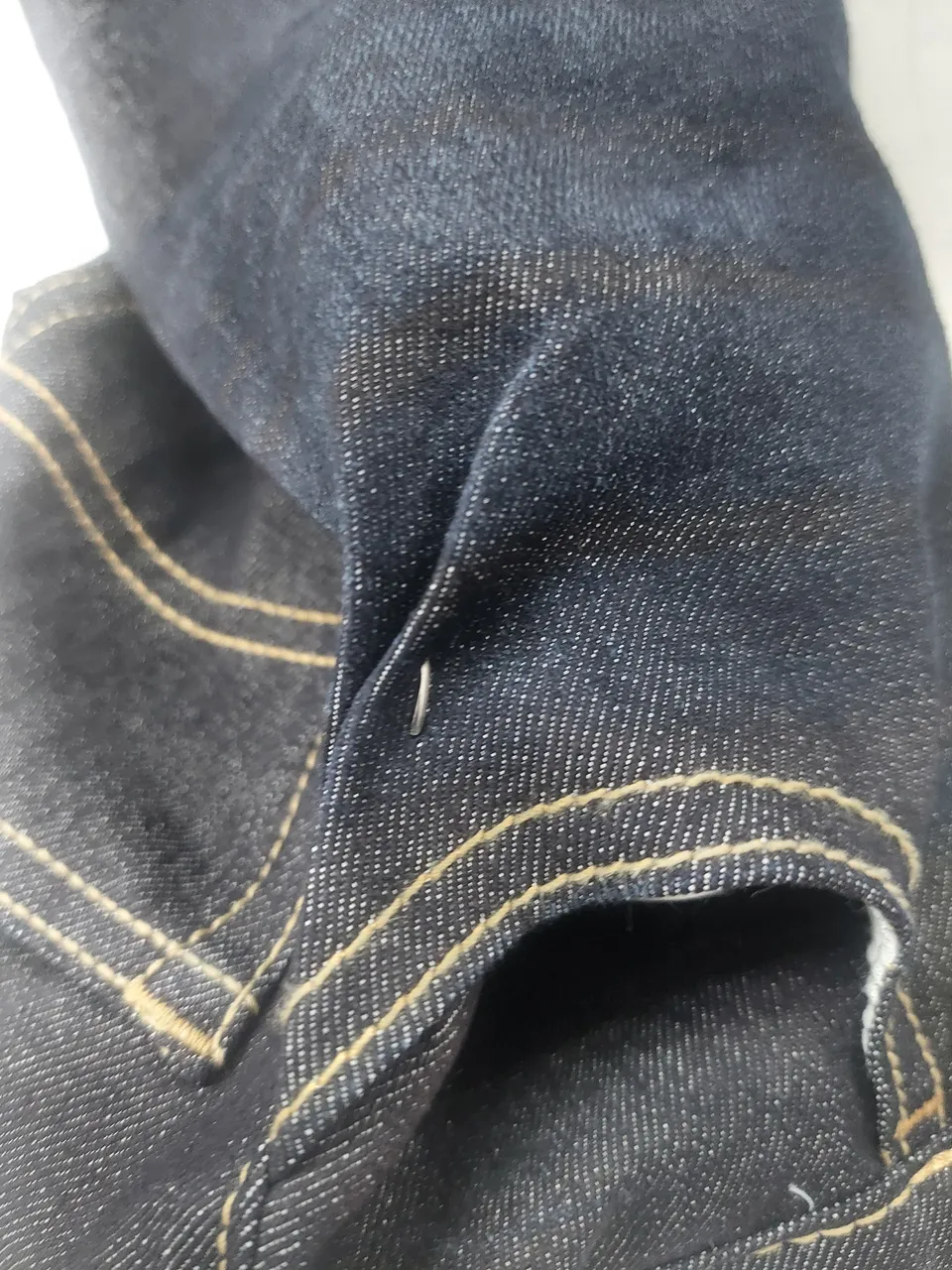
📌 What is it?
Tagging or Tacking is the process of pinching or folding parts of the fabric (usually knees, hem, or waistband) and securing them with clips or thread before washing.
📌 Purpose:
Creates permanent creases or color contrasts after wash
Common in distressed, rugged styles of jeans
📌 Process:
Small portions of the fabric are tightly secured.
Garments are washed, and once dried, these tagged parts show darker or unique effects compared to the rest.
Very popular in youth-oriented denim fashion.
🧵 My Personal Reflection
Today was eye-opening. These simple-looking effects on jeans are the result of a very skilled and creative process. I realized how manual labor, creativity, and technique blend to turn raw denim into something that catches the eye on store shelves.
Our supervisor explained that mastering these techniques can open up specialized career paths in denim development and fashion washing sectors.
✅ What’s Next?
Tomorrow, we move forward to more dry processing techniques or enter the next sub-department of washing depending on the factory schedule. I’ll continue sharing my journey every day.
📌 Follow My Internship Series on Hive
I’ll be posting my daily experiences throughout the internship. If you’re a textile student or aspiring merchandiser, this series is going to help you a lot!
🔗 Connect with me:
🌐 LinkedIn – Riyad Shikdar
📘 Facebook – Riyad Shikdar
📝 Thanks for reading. See you tomorrow with another exciting update!